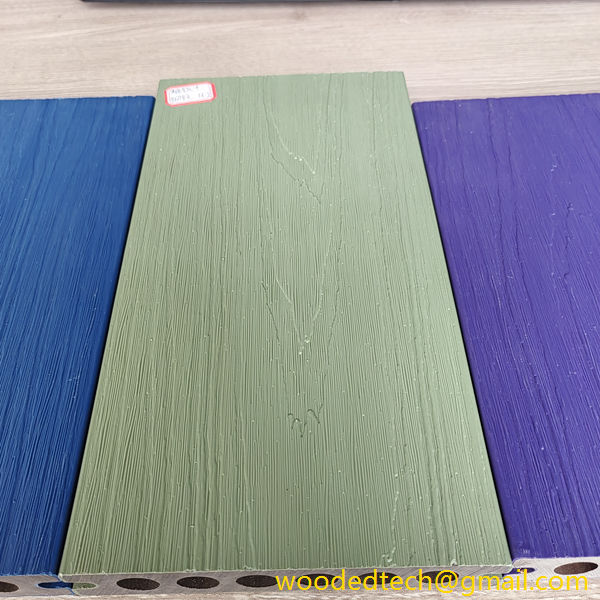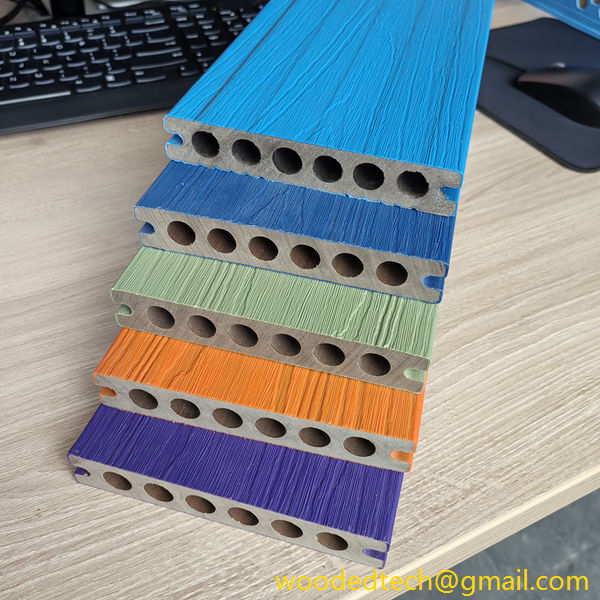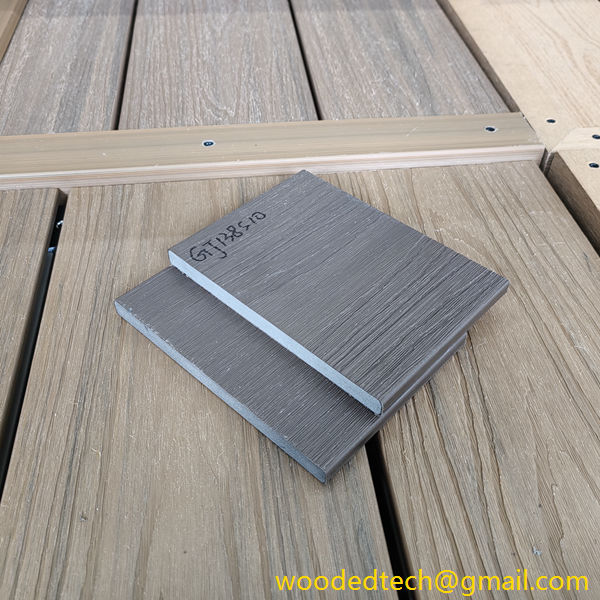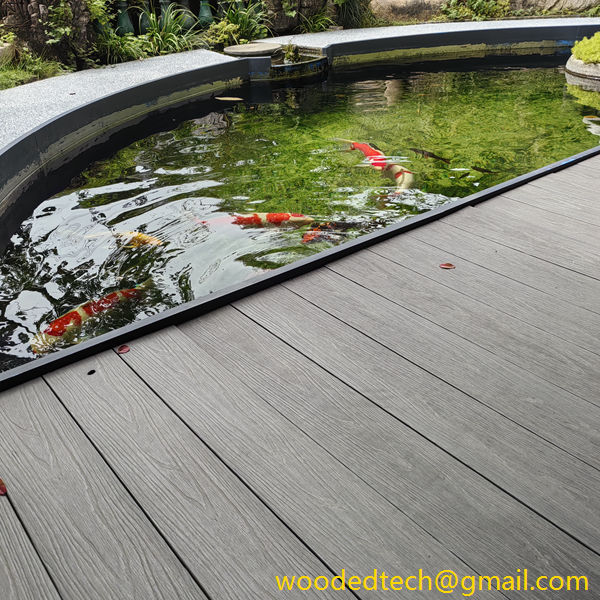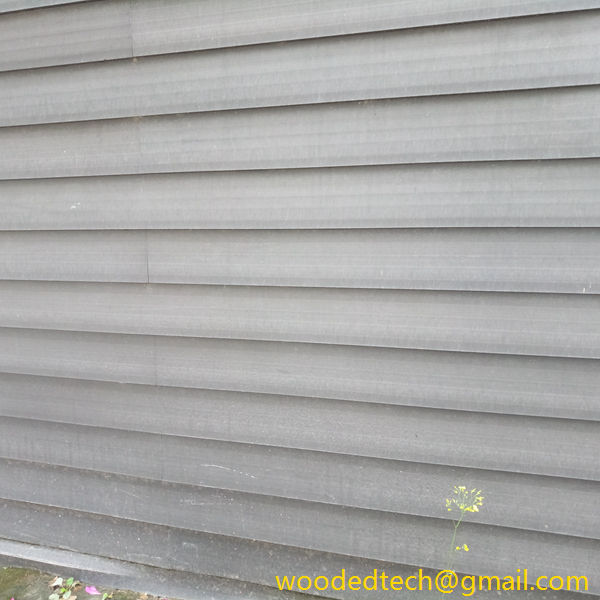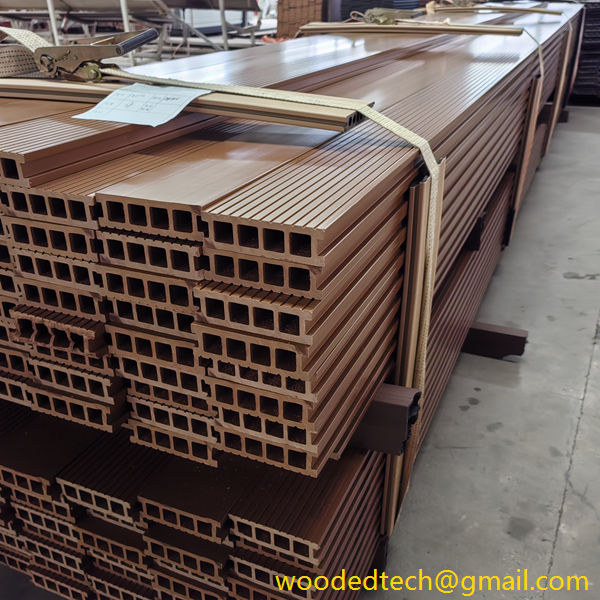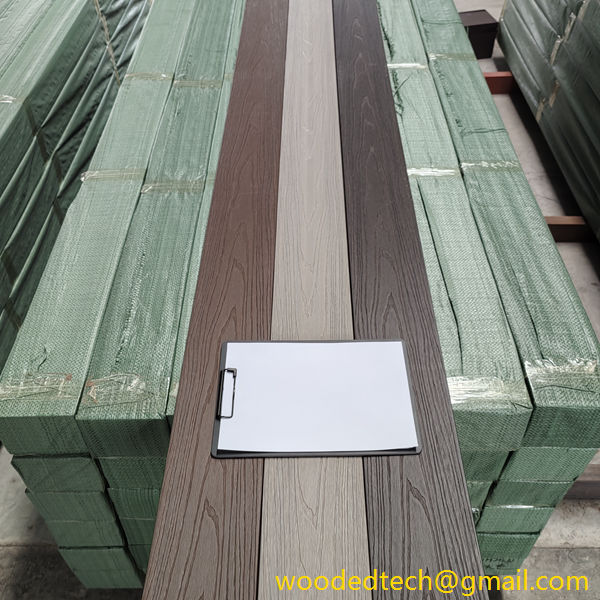Green Composite Decking: Eco-Friendly Green Composite Decking Options for Sustainable Living
Green Composite Decking: Eco-Friendly Green Composite Decking Options for Sustainable Living Green composite decking is increasingly becoming a popular choice for homeowners who are looking for sustainable living options. As awareness of environmental issues grows, many people are turning to eco-friendly materials to enhance their outdoor spaces while minimizing their ecological footprint. Composite decking, in…
Green Composite Decking: Eco-Friendly Green Composite Decking Options for Sustainable Living
Green composite decking is increasingly becoming a popular choice for homeowners who are looking for sustainable living options. As awareness of environmental issues grows, many people are turning to eco-friendly materials to enhance their outdoor spaces while minimizing their ecological footprint. Composite decking, in particular, offers a range of customizable materials that cater to both aesthetic preferences and sustainability goals.
One of the primary benefits of green composite decking is its composition. Unlike traditional wood decking, which often involves the harvesting of trees and contributes to deforestation, composite decking is made from a mixture of recycled wood fibers and plastic. This means that a significant portion of the material used in composite decking is sourced from post-consumer products, such as plastic bottles and reclaimed wood. By utilizing these recycled materials, manufacturers can produce a durable and long-lasting product while reducing waste in landfills.
Moreover, the production process for composite decking is designed to be more environmentally friendly than that of traditional wood. The manufacturing of composite materials generally requires less energy, and many companies have adopted sustainable practices to minimize their carbon footprint. For instance, some manufacturers utilize solar energy or other renewable resources in their production facilities. This commitment to sustainability extends beyond the materials themselves; it encompasses the entire lifecycle of the product, from production to disposal.
When considering green composite decking, customization is a key factor that many homeowners appreciate. Composite decking comes in a variety of colors, textures, and finishes, allowing individuals to create a personalized outdoor aesthetic that complements their home and landscape. Whether one prefers a classic wood appearance or a more modern, sleek look, there is a composite option available to meet those preferences. This versatility can enhance the overall appeal of outdoor spaces, making them more enjoyable for family and friends.
Another significant advantage of green composite decking is its durability and low maintenance requirements. Unlike traditional wood, which can warp, splinter, or rot over time, composite materials are designed to withstand the elements. They are resistant to fading, staining, and scratching, ensuring that your outdoor space remains beautiful year after year without the need for regular sealing or painting. This longevity not only saves homeowners time and money but also contributes to sustainability by reducing the frequency of replacement and disposal of materials.
Environmental considerations extend beyond the materials and production processes. Choosing green composite decking also means making a responsible decision for the surrounding ecosystem. Many composite decking options are designed to be slip-resistant and splinter-free, providing a safe environment for families, pets, and guests. Additionally, some manufacturers incorporate eco-friendly additives that help resist mold, mildew, and pests, further enhancing the product’s longevity and performance.
To further promote sustainability, many brands of green composite decking offer warranties that reflect their confidence in the product’s durability. These warranties can range from 25 years to a lifetime, highlighting the long-term investment that homeowners are making. By choosing a product with a substantial warranty, individuals can feel secure in their decision and reduce the frequency of replacing their decking material, which is often required with traditional wood options.
In addition to the environmental benefits, green composite decking can also enhance the value of a home. As more buyers seek eco-friendly options, homes with sustainable features tend to attract greater interest in the real estate market. Investing in composite decking can therefore be seen as a strategic decision, not just for the immediate enjoyment of outdoor spaces, but also for future resale value.
The appeal of green composite decking is not limited to residential applications. Businesses and public spaces are also recognizing the benefits of using sustainable materials for outdoor areas. Parks, boardwalks, and commercial properties are increasingly opting for composite decking due to its durability and eco-friendliness. This trend reflects a broader commitment to sustainability within communities, as more entities strive to create attractive, environmentally responsible outdoor spaces.
In conclusion, green composite decking represents a significant advancement in sustainable living. It combines the aesthetic appeal of traditional wood with the environmental benefits of recycled materials. Homeowners can enjoy a wide range of customizable options that cater to their personal style while making a responsible choice for the planet. The durability, low maintenance requirements, and safety features of composite decking further enhance its appeal, making it an ideal choice for outdoor spaces. As the demand for eco-friendly products continues to grow, green composite decking stands out as a leading option for individuals and communities committed to sustainable living. By choosing this innovative material, homeowners can create beautiful, functional outdoor areas that reflect their values and contribute positively to the environment.

